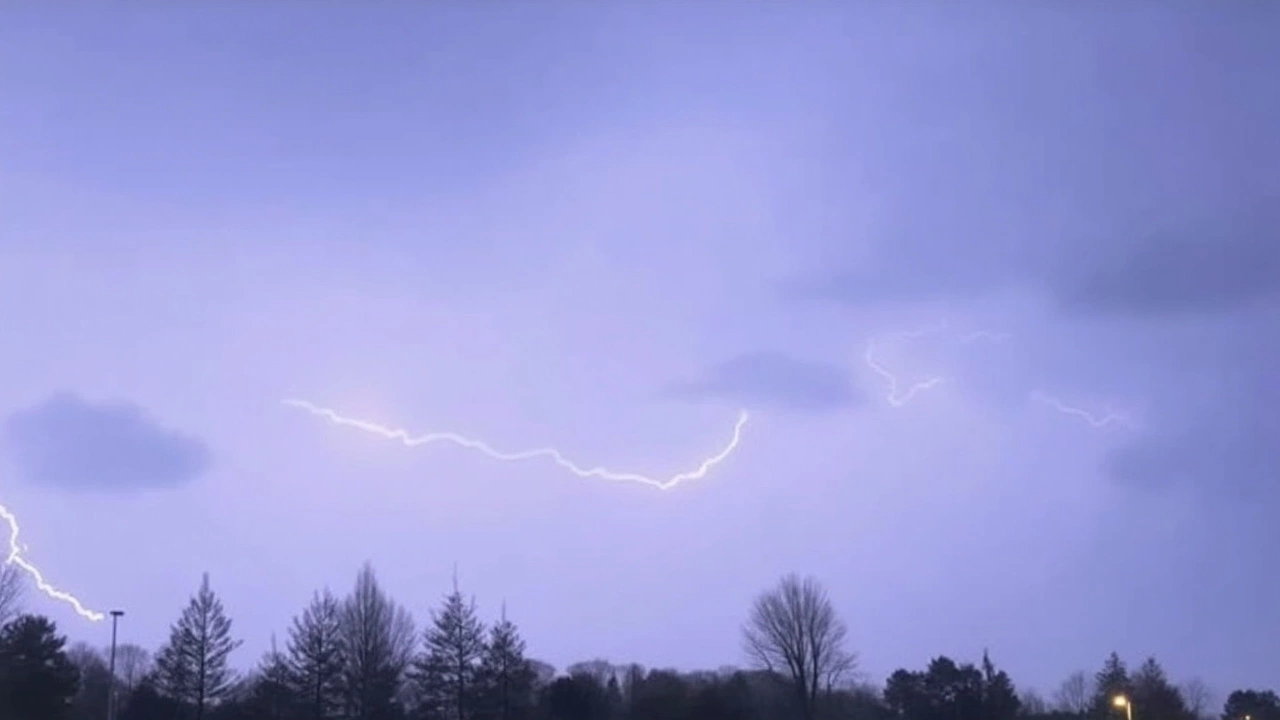Alabama Weather and Its Impact on Your Ride
If you’re planning a track day or a road ride in Alabama, the first thing you should check is the weather. The state’s climate can swing from sweltering heat to sudden downpours, and each change brings its own set of challenges for riders and drivers. Knowing what to expect helps you pack the right gear, set up your bike or car correctly, and stay safe on the track.
Typical Weather Patterns in Alabama
Alabama sits in the Southeast, so it enjoys a humid subtropical climate. That means hot, humid summers and mild winters. From June through August, daytime highs often reach the mid‑90s °F (35 °C) with humidity that can make it feel even hotter. Thunderstorms are common in the summer months, so you’ll see brief but intense rain showers that can catch you off guard.
Spring (March to May) brings comfortable temperatures in the 70s °F (20‑25 °C) and plenty of sunshine, but it’s also the season with the most tornado activity. While a tornado won’t hit a race track often, strong wind gusts can affect aerodynamics and require extra caution on open sections of a circuit.
Winter is relatively mild. Average highs sit around 55 °F (13 °C) and lows rarely drop below freezing. Snow is rare, but occasional ice can form on shaded parts of a track, especially early in the morning.
How Weather Affects Track Performance
Temperature directly influences tire grip. In the heat, tires get softer and provide more traction, but they also wear faster. If you’re planning a long session in July, bring an extra set of fresh tires and watch the pressure gauge closely. In cooler weather, tires stay harder, which can reduce grip. Warm‑up laps become essential to get the rubber up to temperature before you push hard.
Rain is the biggest variable. A wet track reduces friction dramatically, turning a smooth lap into a slippery test. Use rain tires if the track crew offers them, and lower your cornering speeds. Remember that standing water can cause hydroplaning, so avoid sudden steering inputs and brake later than you would on a dry surface.
Wind can play tricks on high‑speed sections. A strong cross‑wind can push your bike or car sideways, making it harder to keep a straight line. Adjust your body position—lean into the wind—and be ready to correct earlier than usual.
Humidity affects engine performance too. High humidity means less oxygen in the intake air, which can lower power output. Modern bikes and cars often have sensors that adjust fuel maps automatically, but older machines might need a richer mixture to stay smooth.
Finally, keep an eye on the forecast right up to the start time. A sudden afternoon storm can develop in less than an hour, and track officials will usually issue a yellow flag or shut down the session for safety. Being prepared with a rain jacket, extra gloves, and a dry bag for electronics can make the difference between a fun day and a ruined one.
Bottom line: Alabama weather is varied, but with a quick check of temperatures, rain chances, and wind, you can tweak your setup and gear to match the conditions. Stay smart, stay prepared, and you’ll get the most out of every lap, rain or shine.




